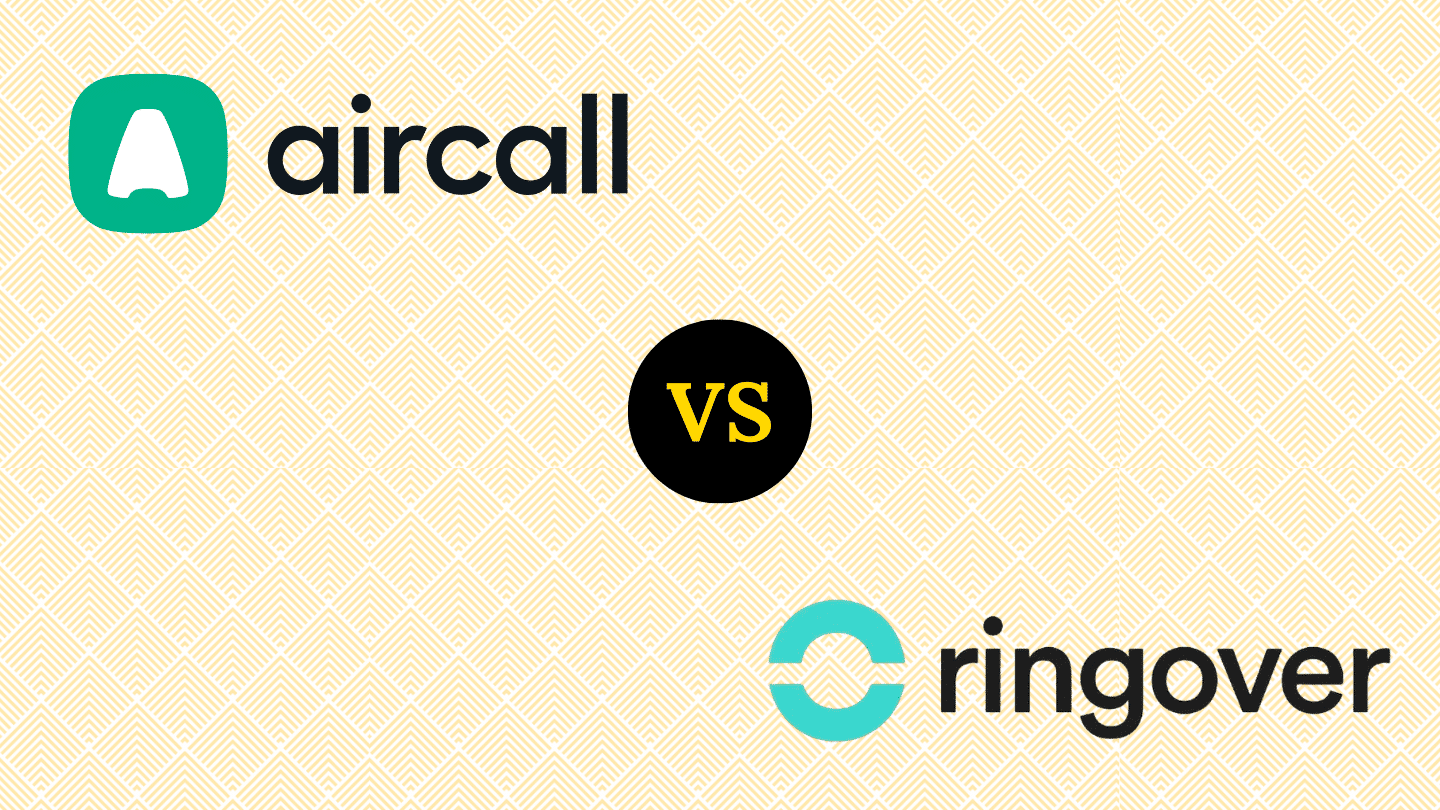In this article, we will help you qualify a prospect over the phone with a series of ten questions:
- The first step is to create a bond with the person you are talking to – to get past the “hook-brain”.
- Once this stage is over, the need and budget of the target organisation are qualified: PKI or not PKI?
- Then you disqualify the leads whose timing is not good. If you have identified that a lead is a KPI, you have already created value. But if the timing is wrong, don’t waste any more time, send it to marketing for nurturing, then call it back in 3 months.
- Next steps: moving towards closing
Sommaire
Understanding who is on the other end of the phone
In this first step, the important thing is to understand who you are dealing with on the other end of the phone. To do this, don’t hesitate to ask more personal questions to try to find a common ground that could bring you closer to the caller. You should prepare your call well in order to ask questions that will give you real added value. Here are some examples:
Question #1 – What is it like / Do you like living in / next to [insert landmark or natural marker]?
For example, “I see you live in the Alps. Not too cold this year? We don’t really have winter here in Nantes” or “You’re so close to the beaches of Normandy; you must go there all the time, right? You may wonder why the first question has nothing to do with your sales. If you don’t create a connection with the person you’re talking to, they’ll have no reason to trust you and therefore you won’t make any sales. Don’t write a series of unnatural questions either, you’re not a robot and your interviewer will realise this. There are dozens of ways to create a relationship of trust (if you don’t like the geographical approach). Make a list of them, test them, and keep the most effective ones.
Question #2 – What are your priorities at the moment?
At this point, you are still in the relationship-building phase, but you are beginning to see things a little more clearly. Being able to identify where a decision maker is in a company can go a long way to helping you know whether or not they can buy in the near future. If you ask this question and they tell you about a direction that has nothing to do with your solution, it could save you time and make you hang up. If their priority is one of your product’s features, that’s a jackpot.
Subsidiary question
Do you have a current solution for managing these priorities?
Qualify the need and budget of the target organisation
Now that you know a little more about your prospect, it’s time to find out more about the company. The following questions are for business purposes only.
Question #3 – Do you have problems with [insert some pain points] like some of our other clients?
At this stage, simply ask them if they are experiencing the same difficulties as other companies in the same industry. When they answer, it will either be a “yes” which will allow you to dig deeper and go further, or a “no”. Either one is good for you. This is really the first pivotal question. You’ve made a bit of a connection with the person you’re talking to and this question will tell you whether it’s worth going further or not.
Subsidiary question
Can you tell me more about your problem?
Question #4 – Does your current solution solve these problems as well as you would like?
Chances are your prospect already has a solution to their problem. You are coming in to lay the groundwork for a new product for them. This question is ideal for assessing their loyalty to their current tool/service. If they absolutely won’t budge, the conversation will probably end here. So listen carefully to see if you can get anything out of them.
Subsidiary question
Why did you choose this supplier?
Question #5 – What impact would it have if you could manage these problems more effectively?
Once you’ve seen a window and stepped into it, it’s time to start collecting information that will be used to close the deal. The goal here is to imagine a “perfect world” that you and your prospect want to achieve. You know what they want, but some aspects may be more attractive from a long-term perspective. It is important to highlight the benefits you will bring in the future.
Subsidiary question
And for you personally, what would be the biggest difference?
Question #6 – How is decision-making carried out in the company?
The problems, priorities and positions are generally similar from one company to another. But the buying processes are another story. Budgets, teams, levels of organisation are also different between each of your prospects. So it’s almost impossible to know how long it might take before a prospect, even if interested, actually buys your product/service … it all depends on the organisation in question. But that’s why we ask these questions, isn’t it?
Subsidiary question
What are the steps in the decision-making process?
Disqualify certain prospects
At this stage of the interview, there is no need to waste time. Be clear, use the first two questions to get a clear answer and to know whether you can continue or disqualify the prospect.
Question #7 – What concerns do you have about change/implementation of a new solution?
The decision-maker may not like their current solution, but simply does not want to deal with the purchasing process that is being presented to them, let alone the implementation of a completely new product. These are all obstacles that will be removed sooner or later. So it’s best to talk about them now. Be careful here, this is one of the last lines of defence that many prospects have before making a final decision.
Subsidiary question
Is anyone very opposed to changing the solution? Why or why not?
Question #8 – Are you comfortable saying “no” to me?
Many prospects have no intention of buying, but will stay on the phone with you and appear interested. They will politely answer your questions and then, when you ask them to set up a time for a next call, they will say yes. You think you’re close to finalising the deal and when it comes time to call… there’s no one there. Just tell them you want to know if your solution is right for them. If so, great! If not, that’s great too. At this stage of the conversation, the sooner they leave, the better if it doesn’t work. No need to waste valuable time.
Subsidiary question
Tell me clearly if you are not interested, ok?
Next steps
It is now time to prepare for the next step and to make contact with those who have the final say in the company.
Question #9 – Could we set up a call to explain how to get the most out of our [product/service]?
If the call reaches this stage, you have enough data in your pocket to get a deal. The prospects have now come forward and it’s time to set up a sales qualified appointment (SQA). If they are suspicious (not interested in buying), they will probably be scared off at this stage. So this question is not unnecessary.
Subsidiary question
Do you have [insert length of demo call] to show you how to solve the problem we discussed?
Question #10 – At the end of this demo call, will you give us a firm answer?
If you feel confident, ask for a committed response at the end of your call. Someone would be naive to think they weren’t going to be aggressive on the last call. Asking directly if they are committed sets the tone for your prospect. It’s also the last line of defense against unqualified prospects who haven’t said it yet. If an unqualified prospect has made it this far, you can be sure that a question like this will close the conversation for good.
Finally
These ten questions for qualifying a prospect are very important. Start by understanding/knowing your prospect a little better, then get to the heart of the matter by talking about their company and the solution they currently use in order to introduce yours. Finally, if the prospect is warm, prepare the next steps to finally close the deal. One very important point that we haven’t mentioned here is the question of price. There is no set rule, some consider that you should talk about it right away, others that it is enough to estimate the budget and prefer to talk about it at the end (depending on the estimated ROI for example). Just try both techniques to find out what works best for your company.
If you are interested in the topics of lead qualification, I invite you to read the following articles:






